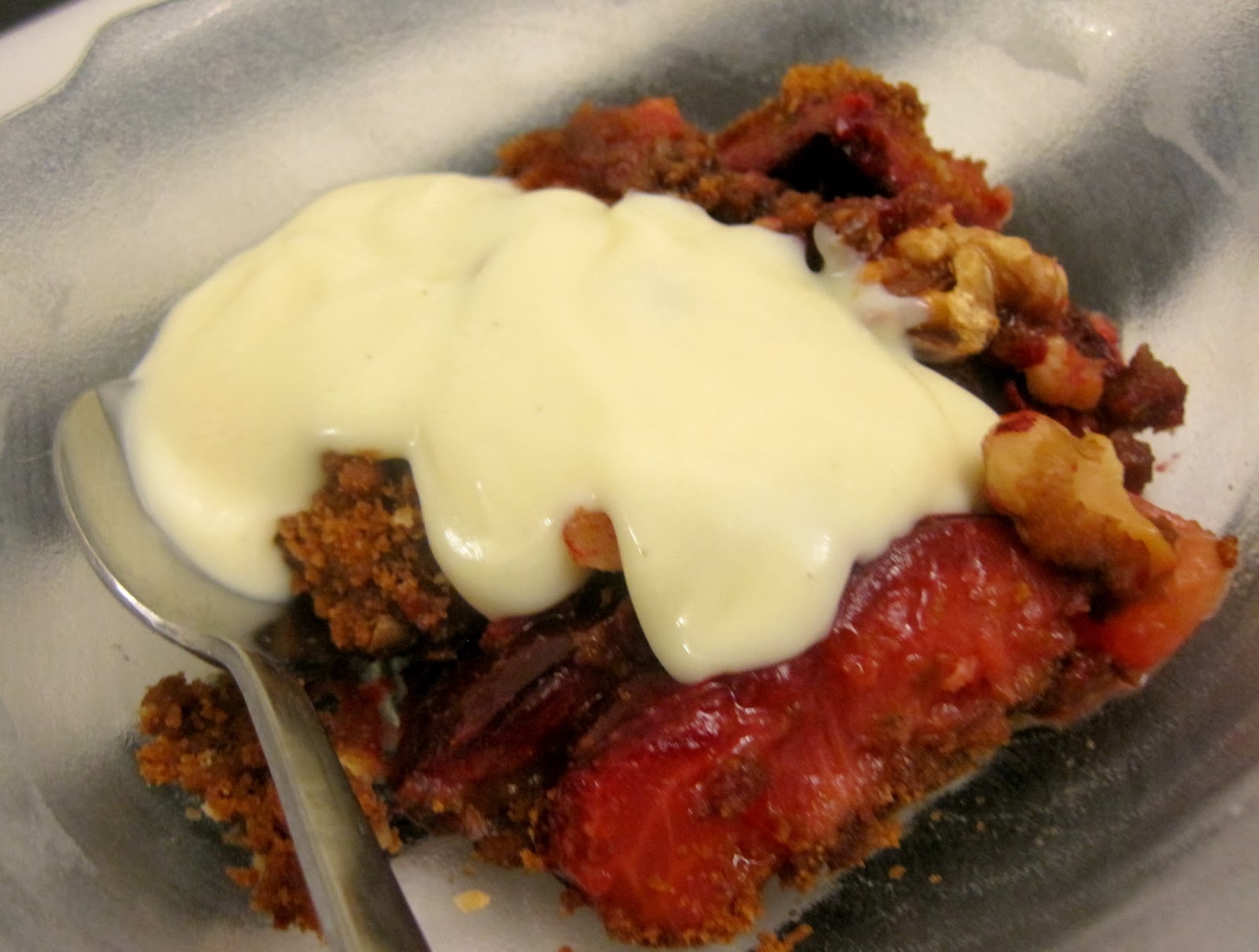Sushi.. say that to
Well, I am here to tell you, good people of the West, that in Japan there are more kinds of sushi than that. And among them is my personal favourite to make at home, Scattered Sushi.
Scattered sushi comes in two main styles,
My favourite, and a very common style for serving at home in Japan, is
Let's look at the Japanese ingredients first
Rice. This is the most important ingredient, and the one you can't substitute with anything else. It must be proper sushi rice. Don't attempt this with any other rice. If you only have long grain rice, make a pilaff, if you only have risotto or paella rice, make risotto or paella. But if you want to make sushi, get sushi rice. I get mine in Sainsbury's it
Seasoned Rice Vinegar. Again, very important, though if you can't get Seasoned Vinegar (and the Mizkan brand is widely available in supermarkets) you can easily make your own with rice vinegar, salt and sugar, (3
Sesame seeds: I like to use both black
Seaweed Salad: Not an essential by any means, but I
The actual method is really an assembly job. You will need the following equipment:
2 saucepans, medium size, one must have atight fitting lid
A plastic scraper or spatula to turn the rice - I made mine from anicecream carton lid :)
A tray or baking sheet with low sides to cool and turn the rice. You want itquite large and shallow so the rice cools quickly.
Bowls to serve the sushi in
Cook and season the rice, (you can do this a bit in advance, but don't put the rice in the fridge, you want it no cooler than room temperature). Decide on the cooked vegetable element that you want, then the raw salad element, then the protein topping.
For the cooked vegetables I can suggest using up to 4 or 5 of
julienned carrots
Finely sliced runner beans
French beans
peas
edamame (soy) beans
thinly sliced mushrooms
finely sliced asparagus (when it is in season - it isa bit late for this now, but next Spring...:))
chopped broccoli
for the raw salad part you are looking for things with a nice crunch, so you might like one or two of these:
julienned radish (either English or oriental Daikon/Mouli radish)
julienned cucumber
sliced spring onions
shredded pickled ginger
finely sliced chicory
sweetcorn kernels
raw sliced mushrooms
seaweed salad or shredded nori seaweed
The protein element on top can be
Smoked mackerel
Smoked salmon - both cold and hot smoked are nice
Prawns or shrimps
Fresh raw fish (make sure it isREALLY fresh , here in the city I prefer to leave it alone and use smoked raw fish rather than risk having stale fish)
Shredded crabsticks
Sliced avocado
Sliced thin rolled omelette
Sliced tofu -deepfried or plain
Slice all your vegetables, salad and protein elements first and have them ready.
Cooking the rice:
You should find instructions on the side of the pack of rice. I find it easier to work by volume with rice, so I use a mug full of rice for two large portions (or probably 3-4 ordinary ones.. I am a real pig where sushi
Put the rice in a medium saucepan, and cover with one mug of water if you have soaked and drained the rice, and one and a half if the rice is dry. NO SALT. Bring to the boil and then reduce to a slow simmer and cook with the lid tightly on for 10 minutes. Then turn the heat off completely and leave the rice for another 10 minutes. You are looking for a lightly sticky rice that will turn out in one piece, but will fall apart into separate sticky grains, you don't want a light fluffy rice like basmati, nor do you want a porridge. Turn it onto a tray it should look like this:
Using a scraper or a spatula spread the rice out by chopping it - you don't want to stir, it will break the grains. Sprinkle about 4-6 tablespoons of the seasoned vinegar over - this will depend on your taste, sprinkle 4tbs it over, chop and fold it in, then taste to see
Cover the rice lightly with a damp
Cooked Vegetables:
Put your selection into a saucepan, and just cover with boiling water, NO SALT, and blanch for
To Serve:
Put each portion of rice into a large bowl - I use a pasta bowl.
Top with a portion of cooked vegetables (this has carrot, runner beans, peas, edamame, and broccoli) and mix these in.
Top with your salad selection (I just used the seaweed salad here)
Then arrange your protein (smoked mackerel, hot smoked salmon, tiger prawns) neatly on the top.
And that is it!
And if like me, you are trying to lose weight with Slimming World, you will





































